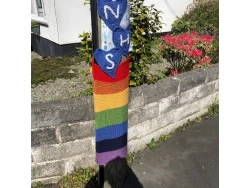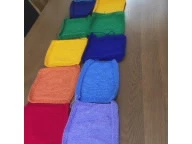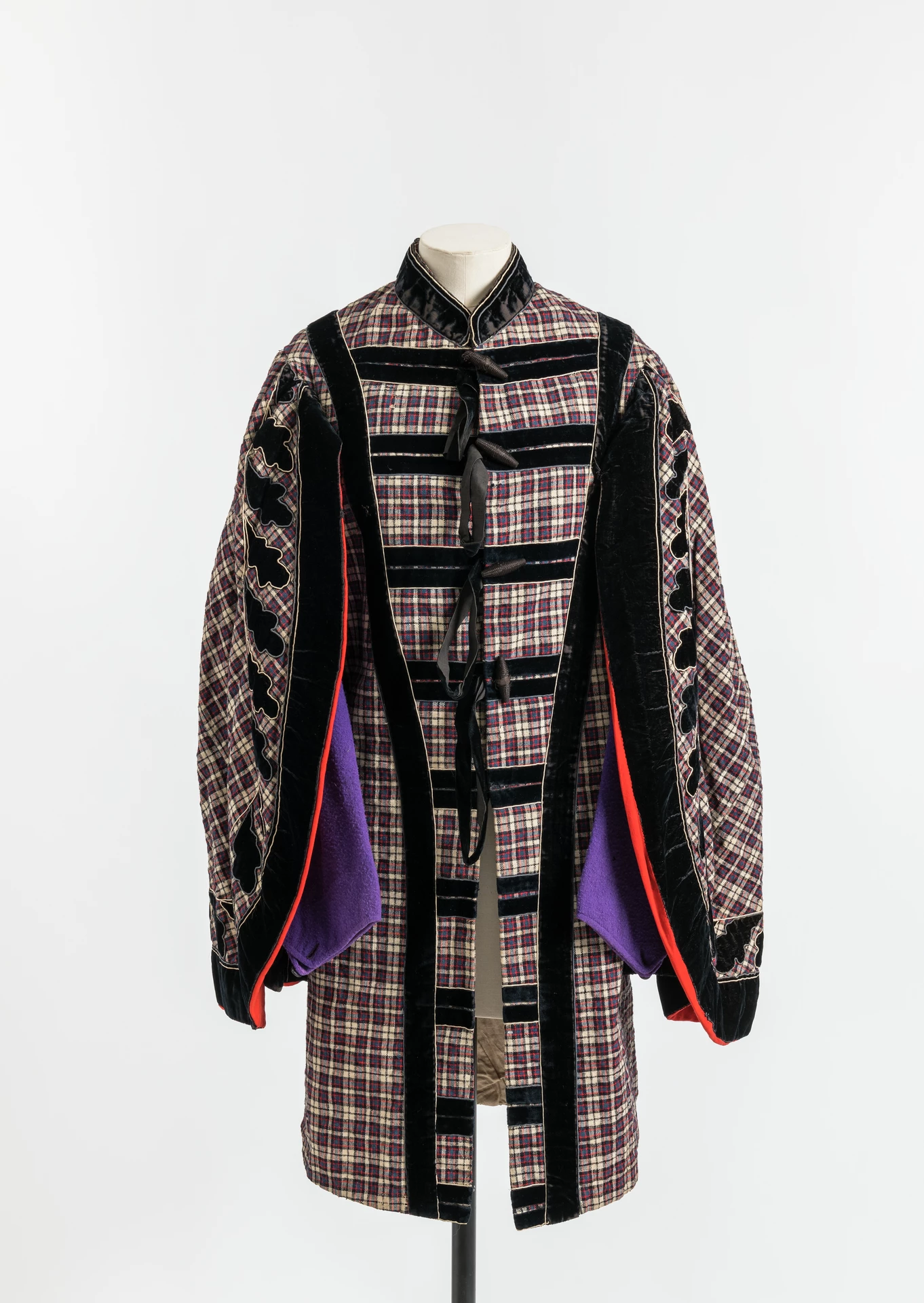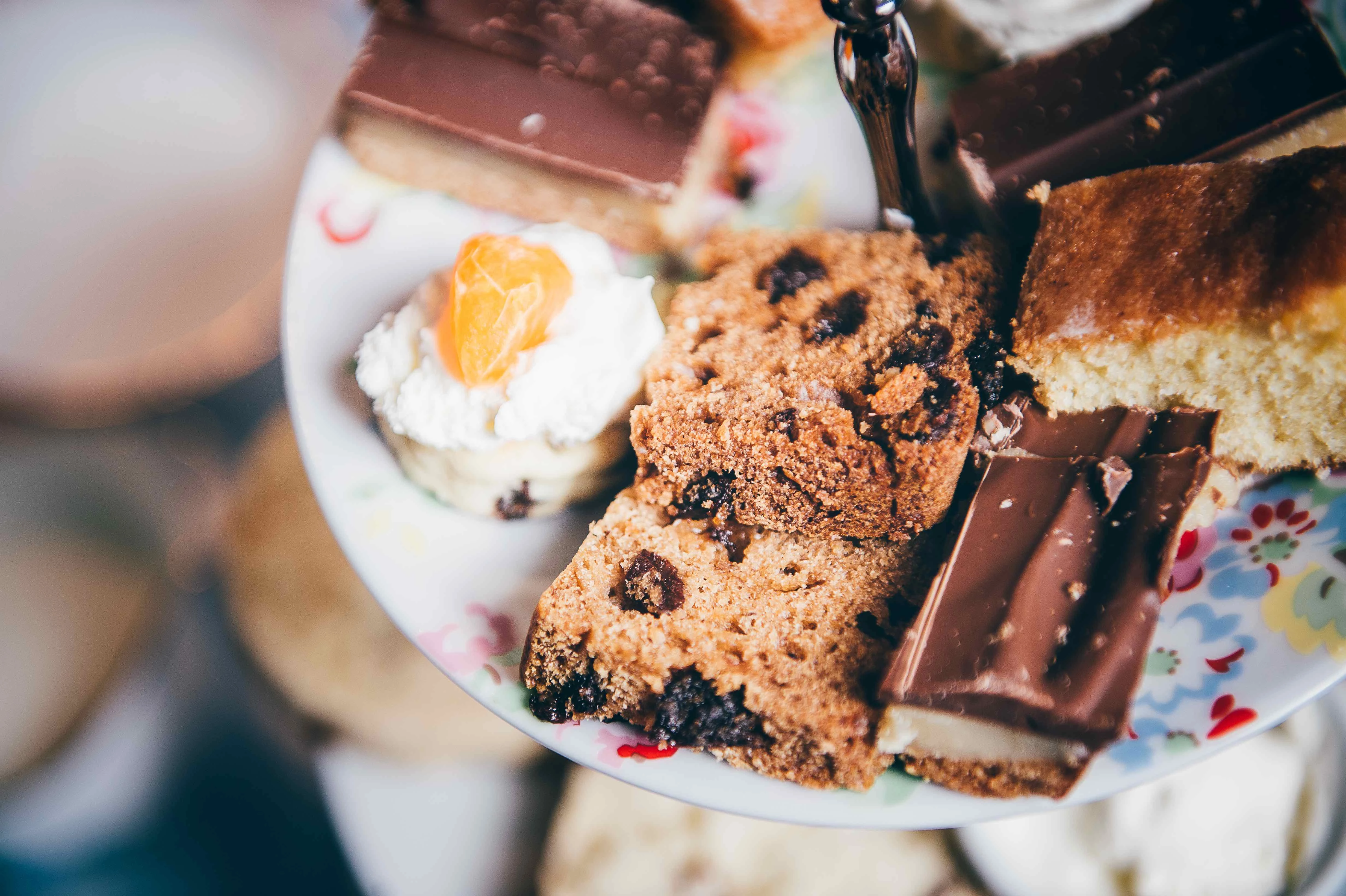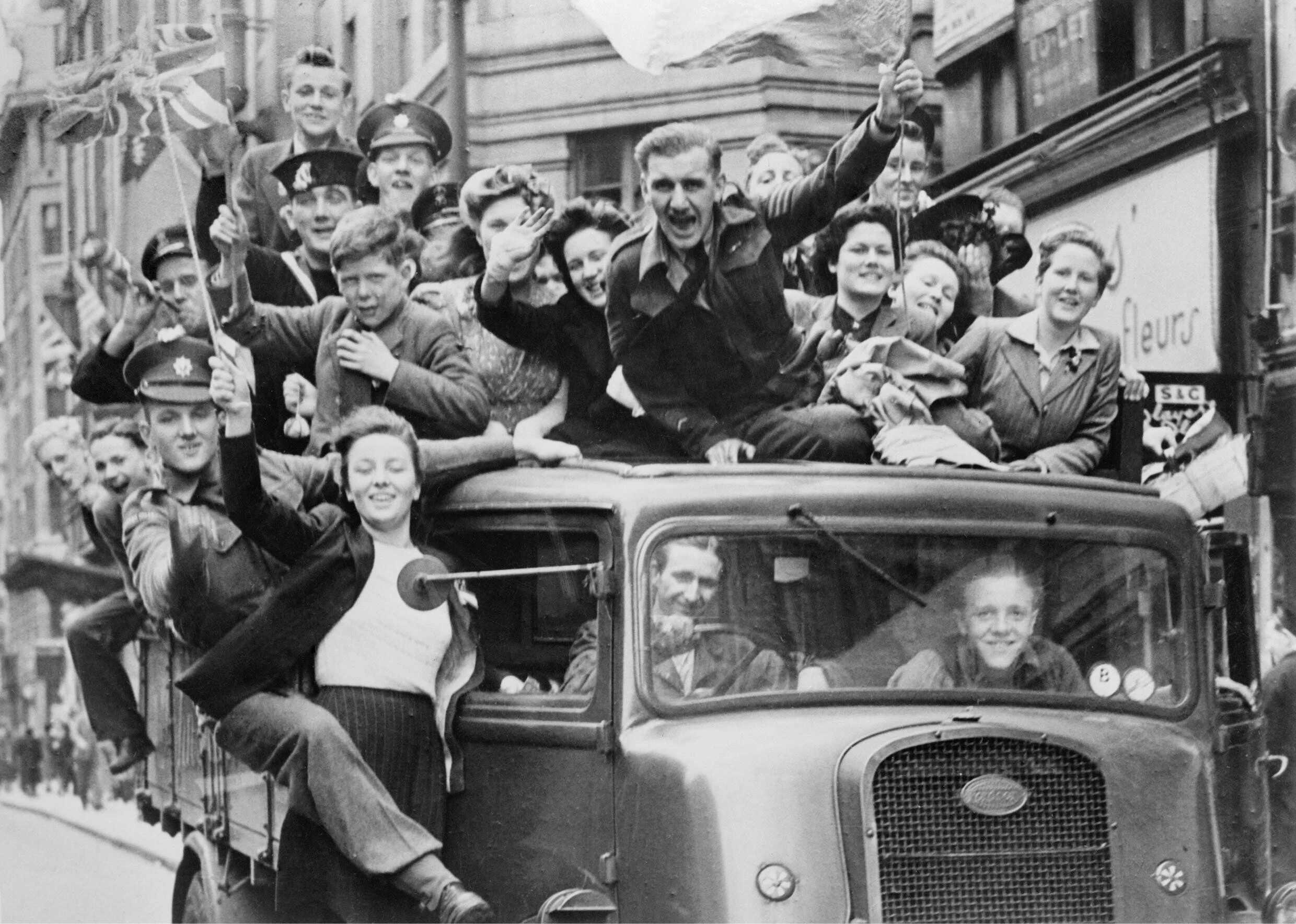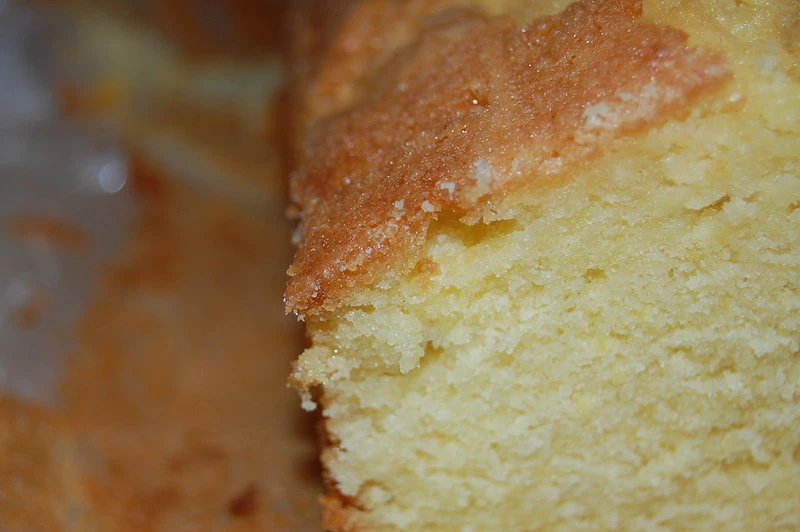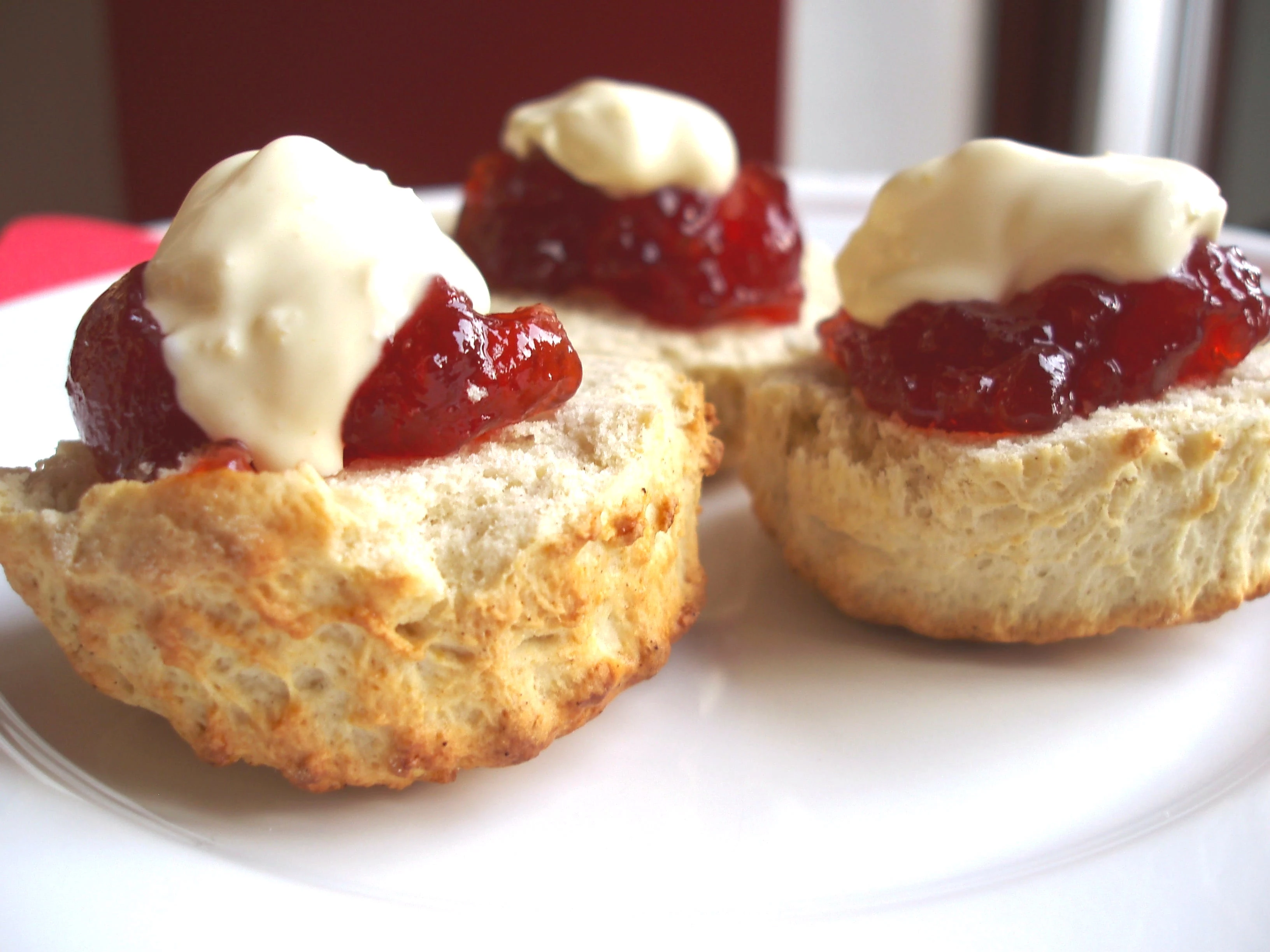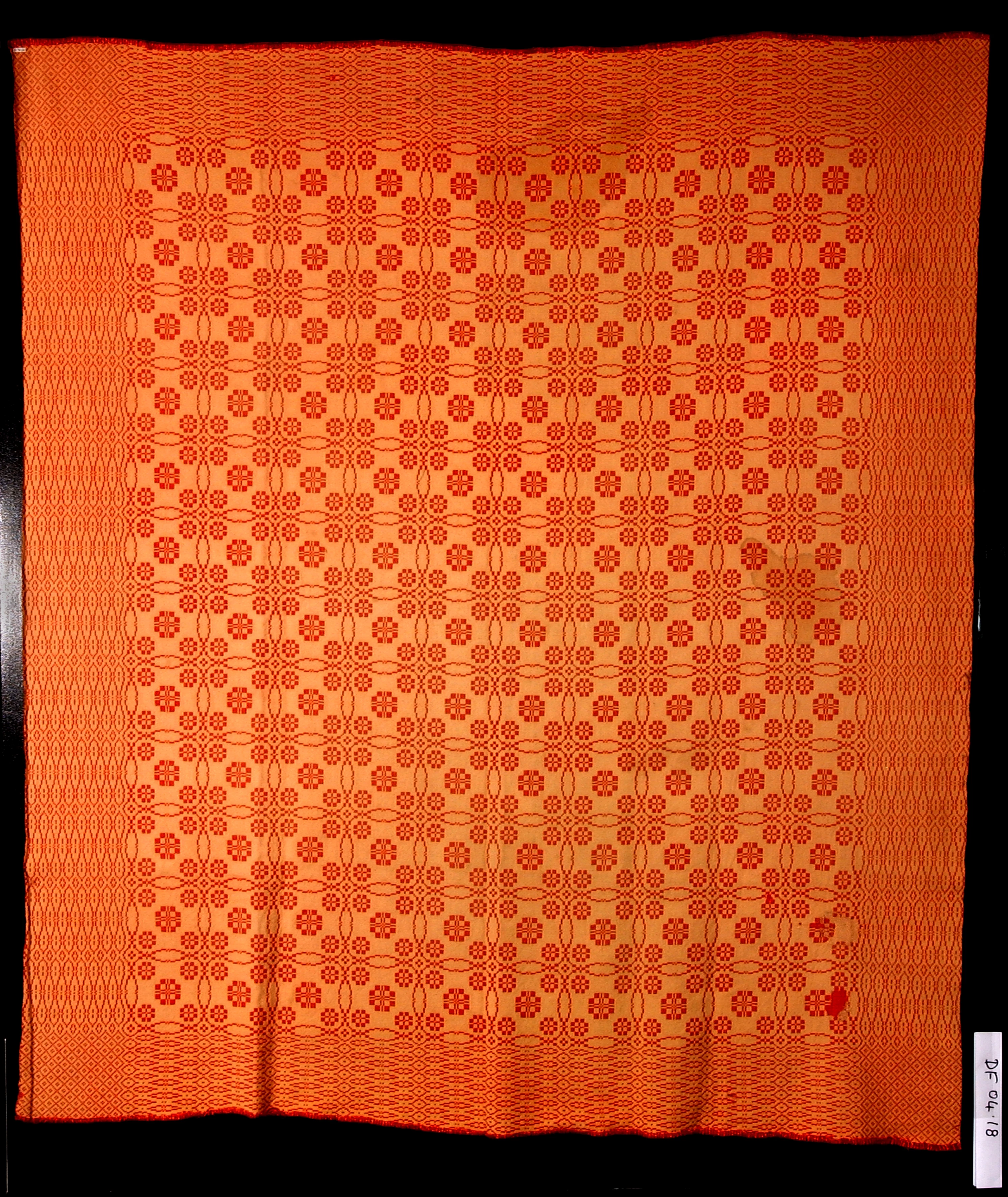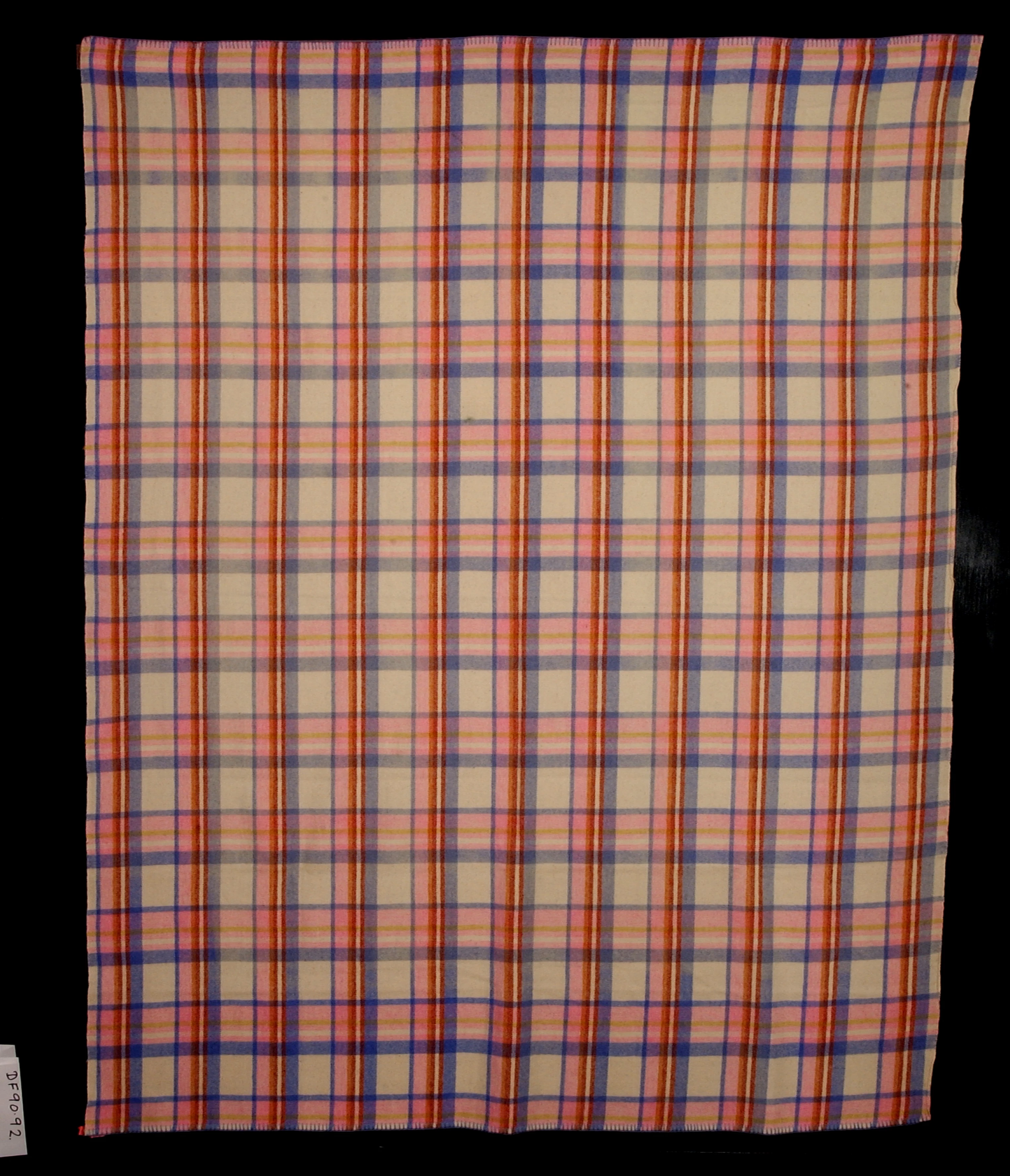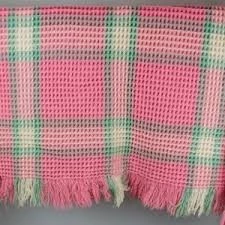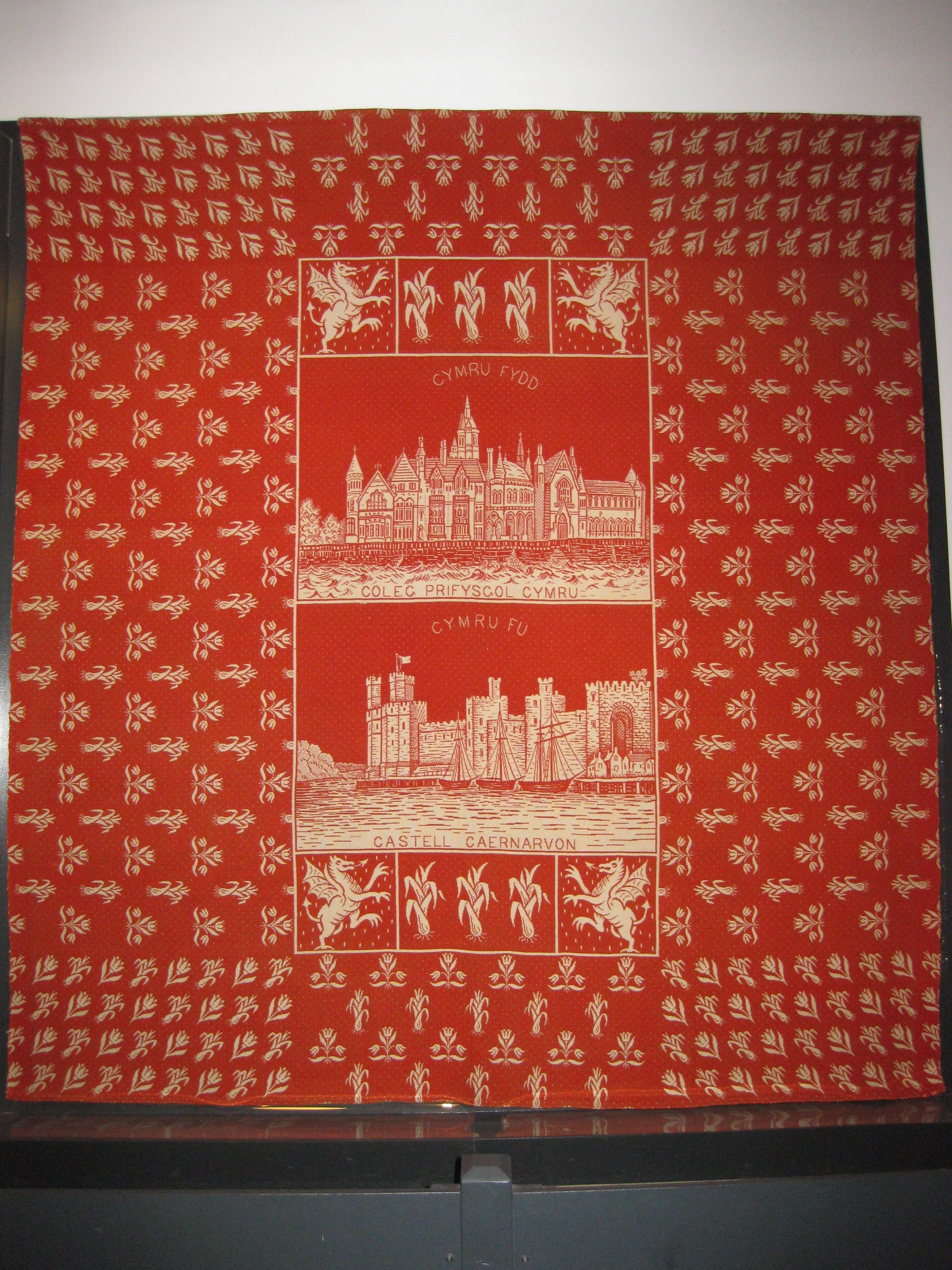The National Wool Museum’s Exhibition of Hope
, 17 June 2020
These are unprecedented and challenging times for everyone, and we hope you’re keeping safe and well. Creativity and a sense of community can support us through this difficult time. The Museum therefore has launched the Exhibition of Hope which aims to be a tangible form of Hope for everyone.
People, including Museum Wales staff and volunteers, from across Wales have been taking part in creating squares which will form part of giant rainbow knitted blanket and will be stitched together by our wonderful National Wool Museum volunteers. In addition, we’re also collecting photographs of people’s radiant rainbow creations which have been adorning windows up and down the country. These will then be made into one piece of artwork and displayed alongside the giant rainbow blanket.
Rainbows are often used as a symbol of peace and hope and as we know, they often appear when the sun shines following heavy rainfall. They serve to remind us that following dark times, there is always light at the end of the tunnel.
Following the Exhibition smaller blankets will be created from the giant blanket and donated to charities.
Everyone can take part in this Exhibition. We’re inviting people to create an 8” or 20cm square in any way they would like, whether that be knitted, woven, felted or crocheted, in any pattern and any rainbow colour. As well as this, participants are invited to send in photographs of their wonderful rainbows. For more information on how to take part please visit our Exhibition of Hope article.
The National Wool Museum has many craft volunteers and gardening volunteers who maintain the Museum’s Natural Dye Garden. They have been busy contributing to the Exhibition. Garden Volunteer, Susan Martin created natural dyed yarn which she spun herself. The rainbow colours are from woad, weld and madder which Susan blended together with white to give a lighter and tweedy effect and all these plants can be found in the National Wool Museum’s Dye Garden.
Here are some wonderful creations by Cristina, a craft volunteer at the Museum:
and by craft volunteer Amanda:
Thanks to everyone who is taking part. For the latest information on the National Wool Museum’s Exhibition of Hope and photographs find us on Facebook or Twitter @amgueddfawlan.

